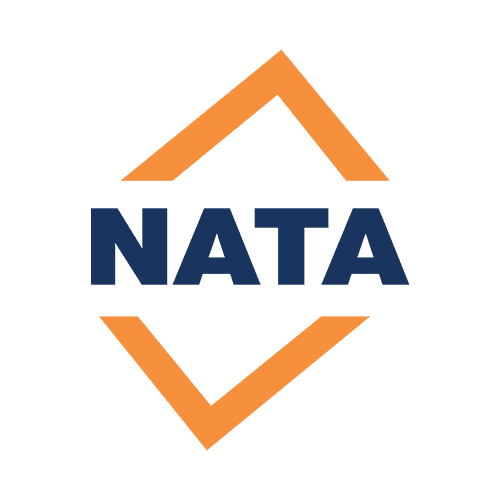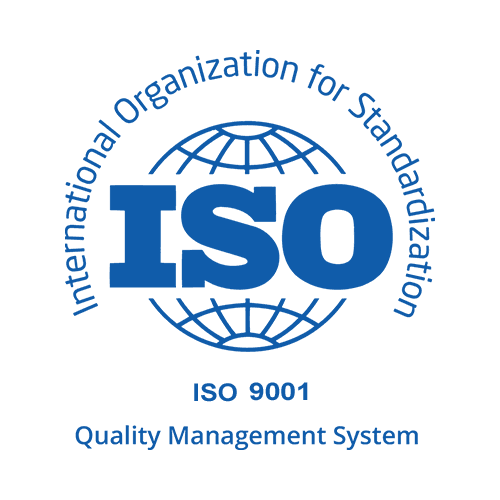Volumetric equipment calibration is the process of verifying and adjusting the accuracy of volumetric devices such as pipettes, burettes, and graduated cylinders. These devices are used to measure precise volumes of liquids and are commonly used in laboratory settings and the pharmaceutical, chemical, and food industries.
Volumetric equipment calibration is important because accurate measurements are critical for many processes in these industries, such as producing consistent products, conducting experiments, and ensuring regulatory compliance. Inaccurate measurements can lead to incorrect results and potentially hazardous situations, which is why regular calibration is necessary to maintain the accuracy and reliability of the equipment.
Volumetric equipment calibration should be performed regularly and should be traceable to national standards. The frequency of calibration depends on the device, the usage environment, and the desired level of accuracy, but it is typically performed annually or bi-annually. By regularly calibrating their volumetric equipment, companies can be confident in the accuracy of their measurements and ensure the quality and safety of their products and processes.
CI Scientific is a reliable provider of calibration services in Australia, including volumetric equipment calibration. They have a team of experienced technicians and an online client portal, CISCAL Smart, to make the calibration process convenient and efficient. Their calibrations are traceable to national standards, ensuring accuracy and compliance. By choosing CI Scientific, customers can benefit from their expertise, convenience, traceability, and fast turnaround times.
The following industries use volumetric calibration and why:
- Chemical Manufacturing: To ensure that the volume of chemical products is accurate and consistent, which is important for production processes and quality control.
- Pharmaceuticals: To ensure the accuracy of the volume of active ingredients in medications, which can affect the effectiveness and safety of the medication.
- Food and Beverage: To measure the volume of ingredients and finished products to ensure consistency and quality.
- Environmental: To measure the volume of liquids such as water, acid, and base in environmental monitoring for quality control and pollution control.
- Petroleum: To measure the volume of oil and gasoline in storage tanks and pipelines, which is important for inventory management and regulatory compliance.
- Laboratories: To measure the volume of liquids and gases used in laboratory research and experiments.
- Aerospace: To measure the volume of liquids used in hydraulic and fuel systems in aircraft and missiles.
In all of these industries, accurate volume measurements are critical for ensuring quality, safety, and efficiency. Volumetric calibration helps to ensure that the instruments used for measuring volume are calibrated and providing accurate data, thus improving overall process and product quality.
In Australia, the standards, procedures, and certificates needed in volumetric equipment calibration are governed by several national and international regulations. Some of the key ones include:
- Standards: The Australian Standard AS 6427.1-2007: Liquid flow measurement - Density measurement of liquids and gases specifies the requirements for density measurement of liquids and gases, while AS 3775.2-2010: Measurement of liquid flow in open channels – Part 2: Calibration of current-meters by the current-velocity method sets the requirements for flow measurement in open channels.
- Procedures: The National Association of Testing Authorities (NATA) provides guidelines for the calibration of volumetric equipment. These guidelines include procedures for the preparation of test liquids, the use of standard test liquids, and the calibration of flow meters.
- Certifications: Some calibration service providers in Australia are accredited by NATA, which is a sign of their compliance with national and international standards and their commitment to quality.
- Requirements: The NMI provides accreditation to calibration service providers that meet the requirements for competence and impartiality. Accredited service providers are recognized as being capable of providing high-quality calibration services.
- The National Measurement Act of 1960 and the National Measurement Regulations of 1999 set the legal requirements for volumetric measurements in Australia.
- The Australian Government's National Measurement Institute (NMI) is responsible for the enforcement of these requirements.
- The NMI also provides a range of services to support accurate volumetric measurements, such as providing standard reference materials and providing technical advice on the use of measurement instruments.
It is important to note that the specific requirements may vary depending on the industry and the specific application of the volumetric measurement. It's always recommended to check with the relevant authorities and industry standards.
In summary, to ensure accurate and reliable volumetric measurements, it is important to use calibrated instruments, follow established procedures, comply with relevant standards and regulations, and to use a calibration service provider that is accredited by a recognized organization such as NATA.
Volumetric calibration is performed on a variety of equipment and machines, including:
- Pipettes: These are instruments used for transferring precise volumes of liquids in laboratory settings.
- Burettes: These are instruments used for measuring and dispensing precise volumes of liquids.
- Graduated Cylinders: These are glass or plastic containers with markings indicating the volume of a substance they contain.
- Volumetric Flasks: These are laboratory glassware used to contain a known volume of a substance at a specific temperature.
- Flow Meters: These are instruments used for measuring the flow rate of liquids and gases. There are different types of flow meters, such as positive displacement meters, vortex meters, and ultrasonic meters.
- Containers: These are containers used for storing and transporting liquids. The volume of these containers needs to be calibrated to ensure accurate inventory management and regulatory compliance.
- Dispensers: These are instruments used for dispensing precise volumes of liquids, such as in the food and beverage industry.
It is important to note that the specific equipment that requires volumetric calibration will depend on the industry and application. It is always recommended to consult with the equipment manufacturer for their recommended calibration schedule, procedures, and recommended service providers to ensure accurate and reliable measurements.





